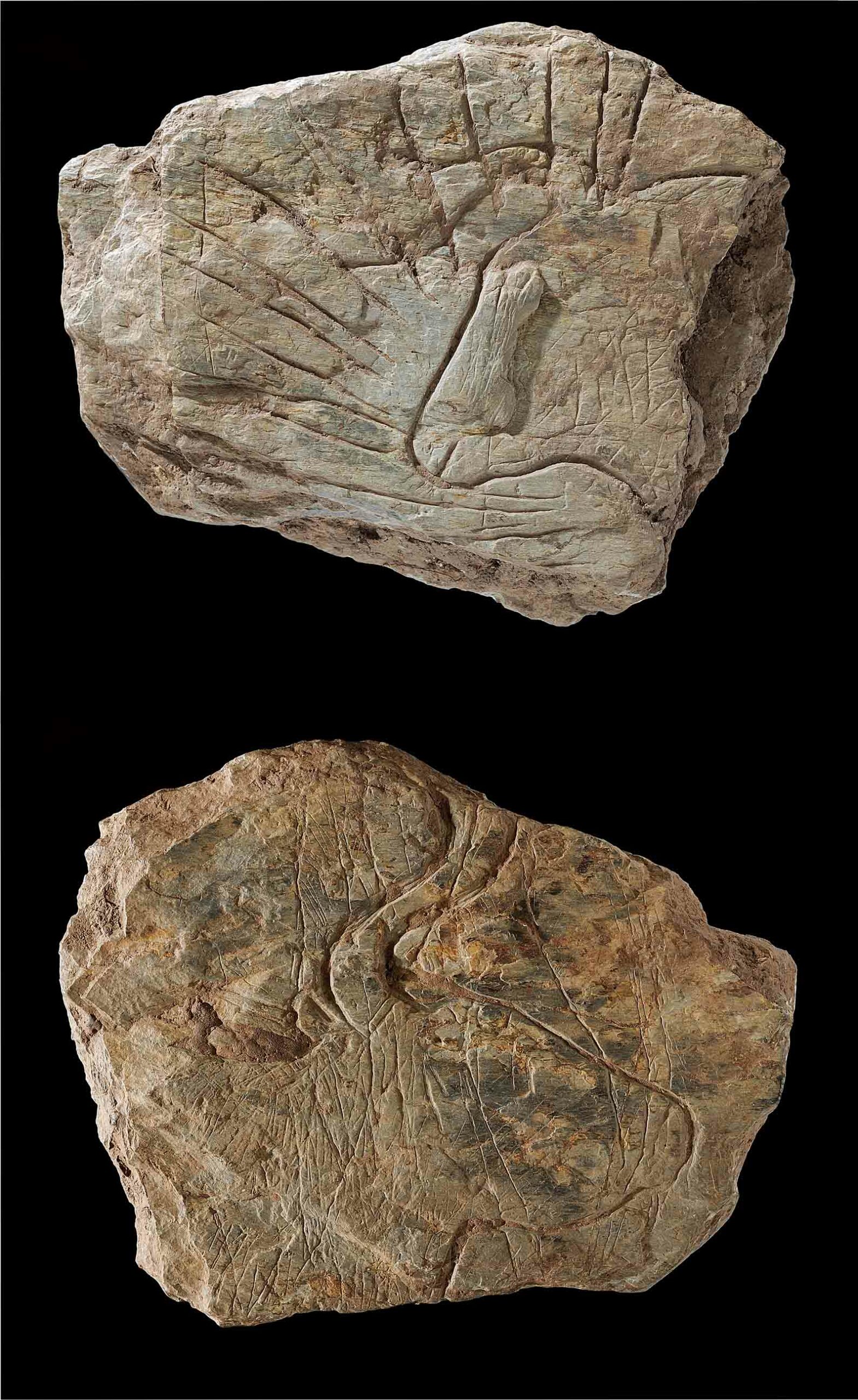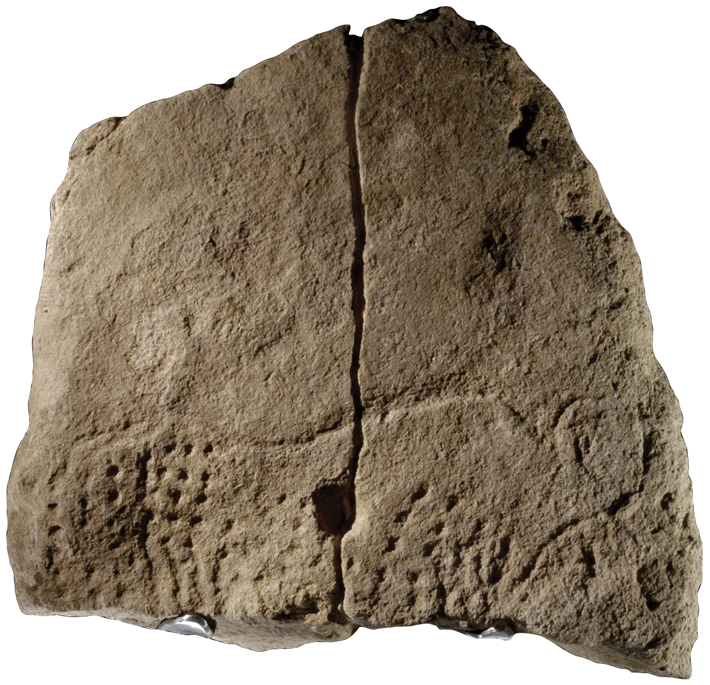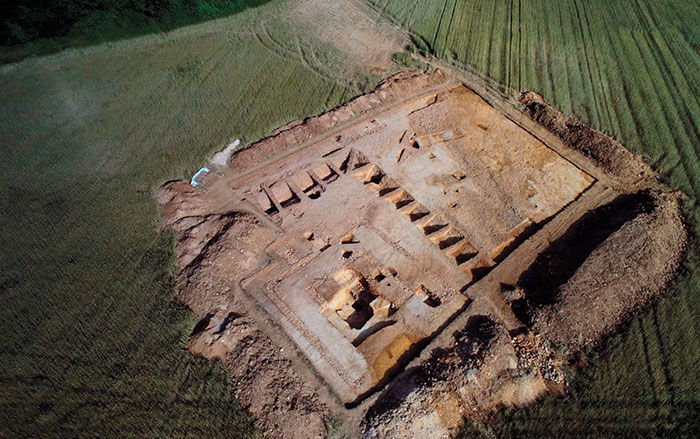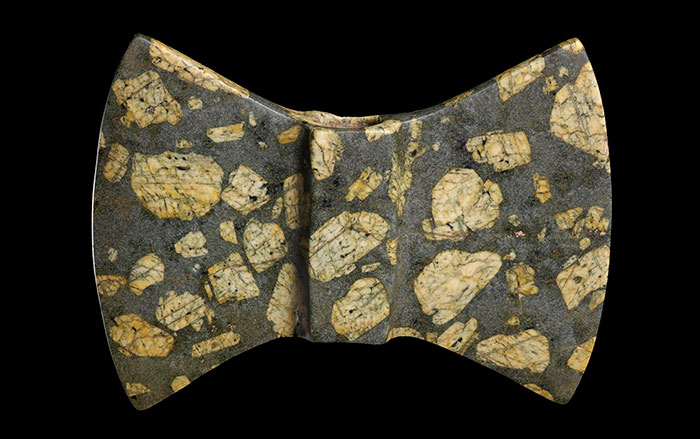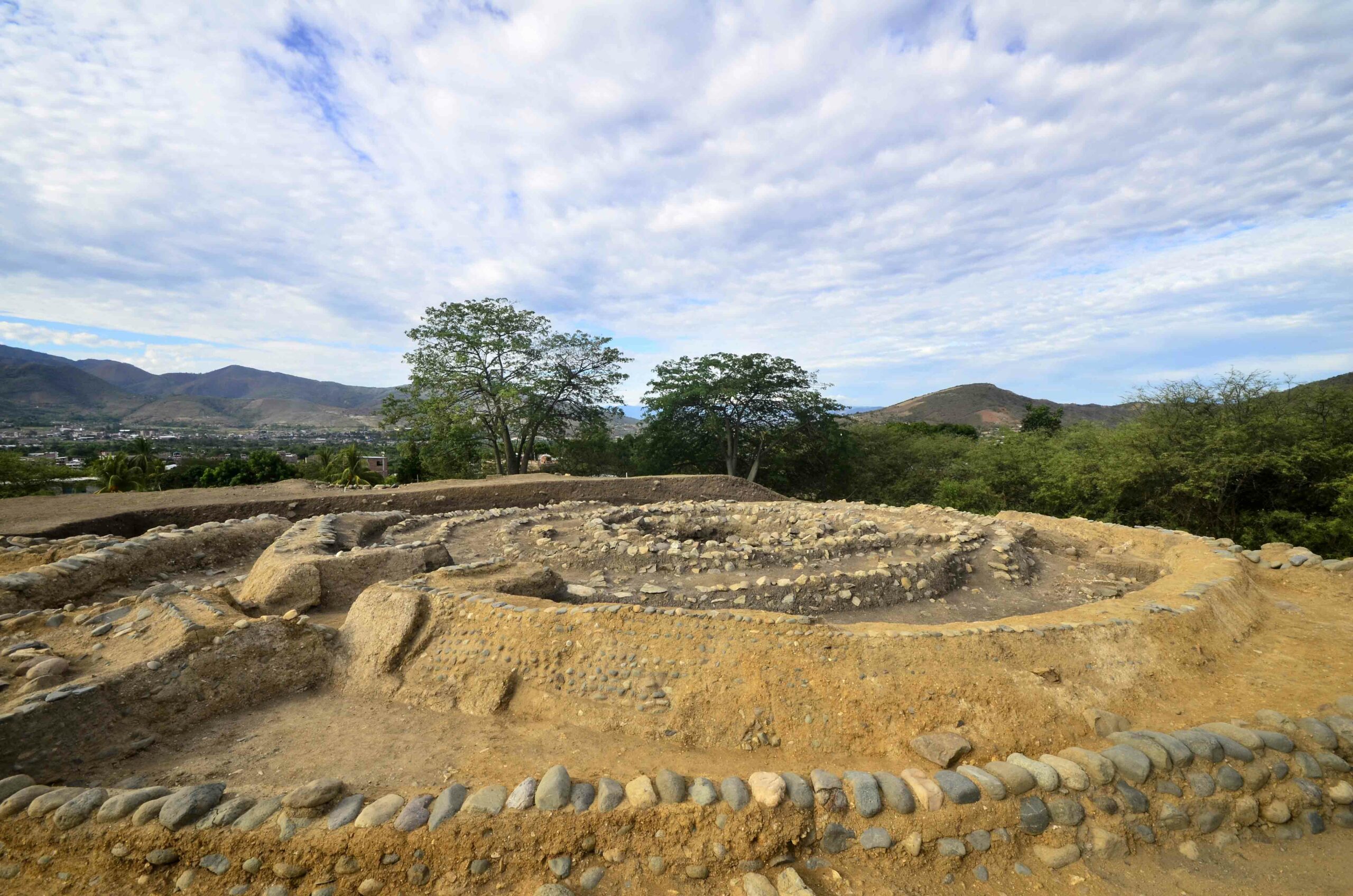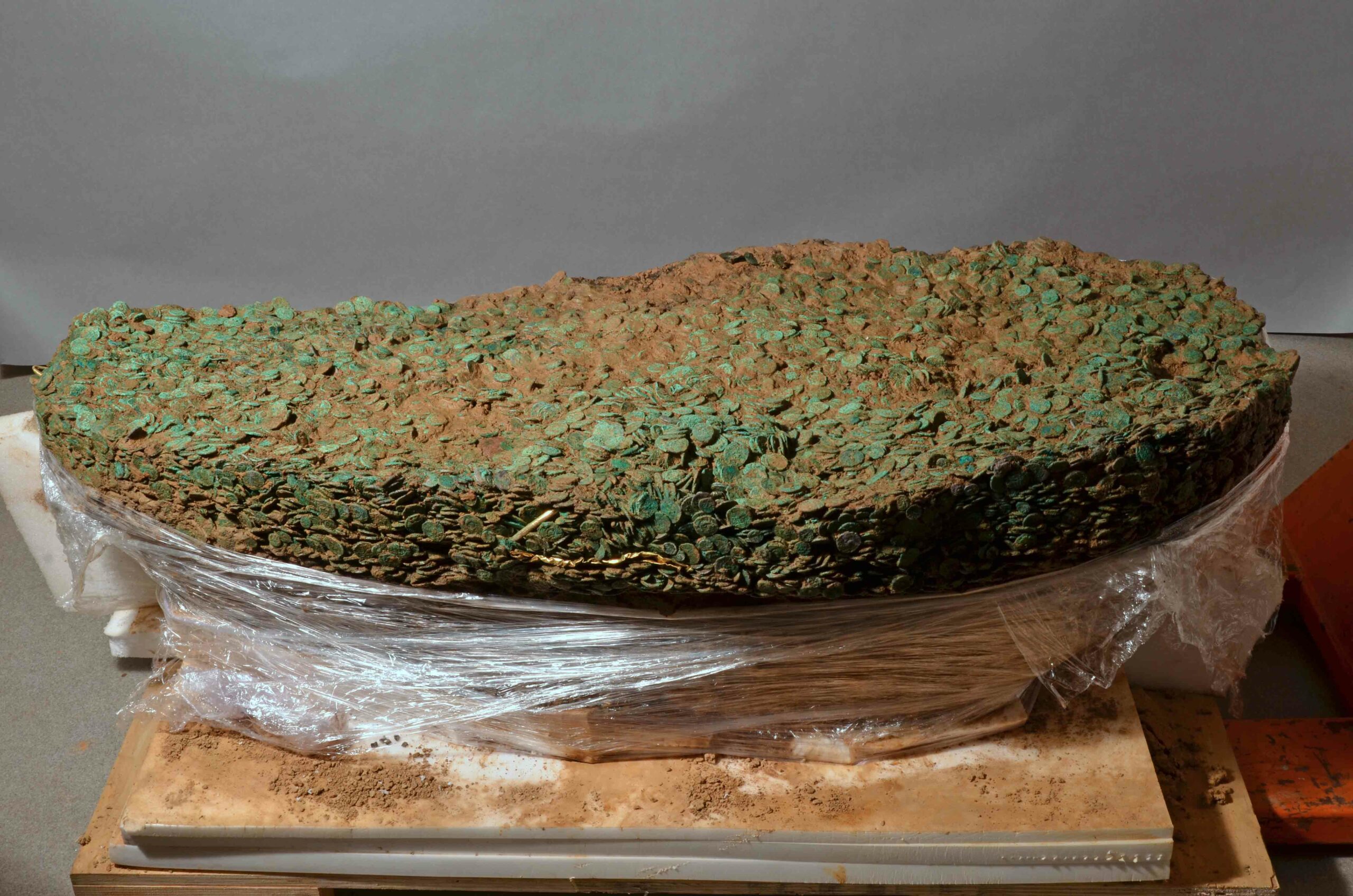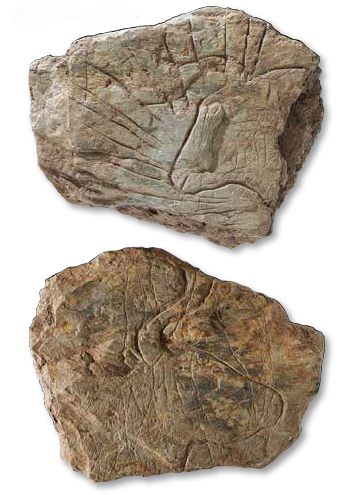
The people of the Paleolithic Magdalenian period in Spain and France created great works of figurative art such as the Lascaux cave paintings, which realistically depict a rich variety of wildlife. But scholars have long believed that around 14,000 years ago, that dramatic artistic tradition came to a sudden end. People of the succeeding Azilian period were thought to have completely stopped making animal figures, and instead focused their creative energies on etching and painting abstract designs on pebbles. But the recent discovery of 45 engraved stone tablets along with Early Azilian tools at a rock shelter in Brittany has shown that, in fact, some Azilian people carried on the artistic tradition of their Magdalenian ancestors.
University of Nice archaeologist Nicolas Naudinot led the team that unearthed the engravings and says they resemble elaborate Magdalenian depictions of horses and a kind of wild cattle known as an aurochs. One bull is even shown with rays emanating from its head, the only such example of a “shining” animal known in prehistoric European art. Naudinot says the rays were added some time after the original head was carved, because the bull’s horns were reengraved over the lines. “The prehistoric people wanted the rays to be in the background,” says Naudinot, who speculates they could be a rendering of the sun, or perhaps they were simply symbolic abstractions, similar to the ones later Azilian people would carve on pebbles.


